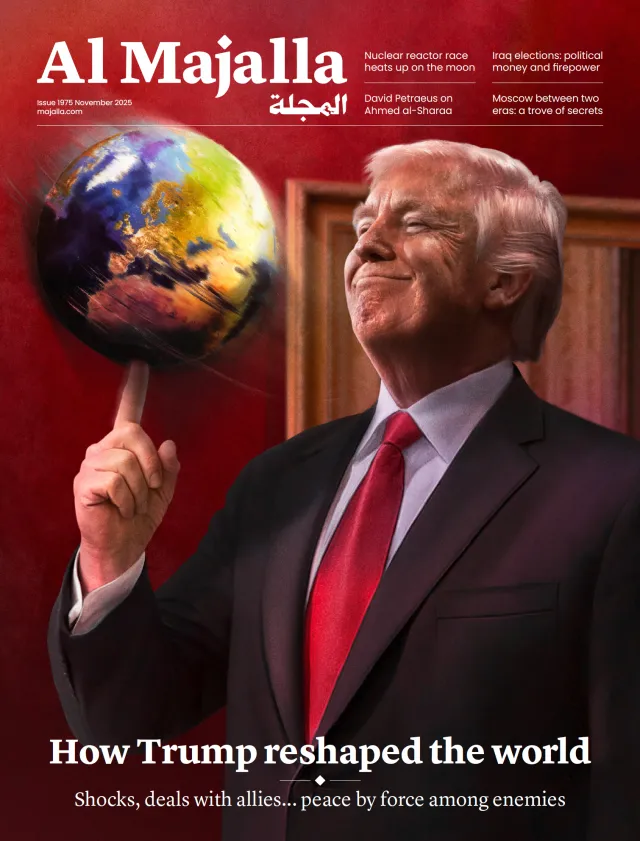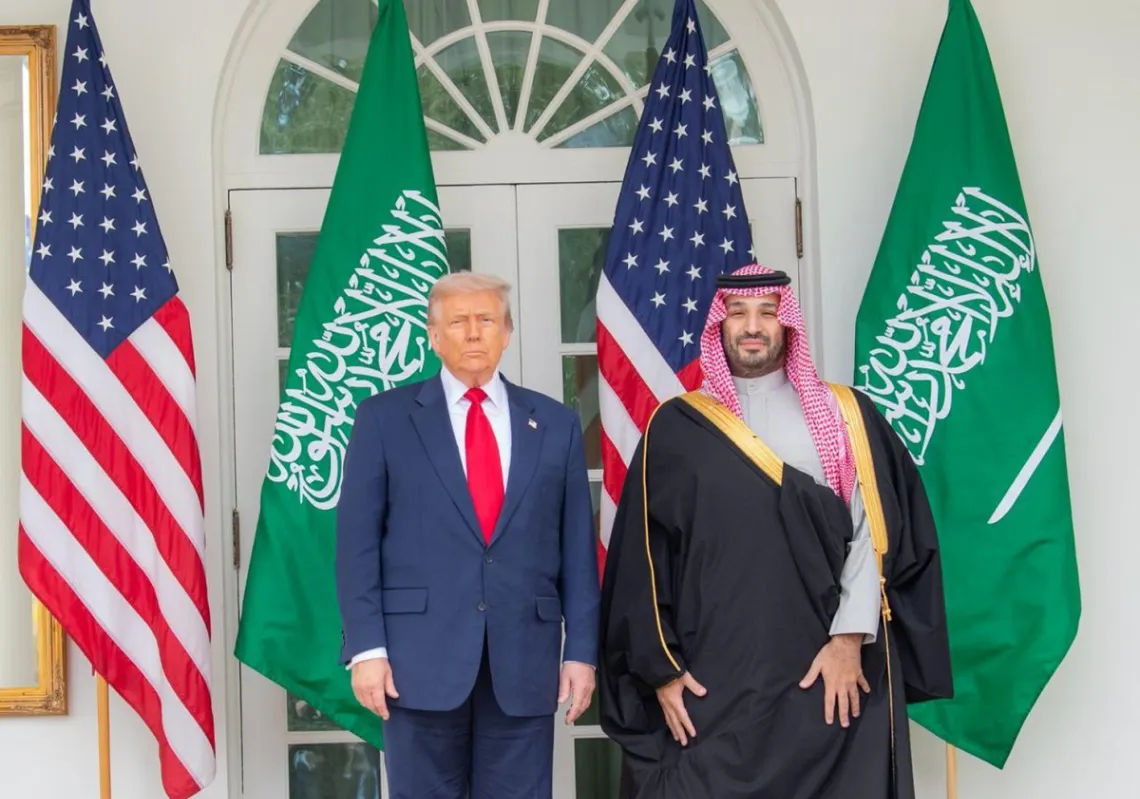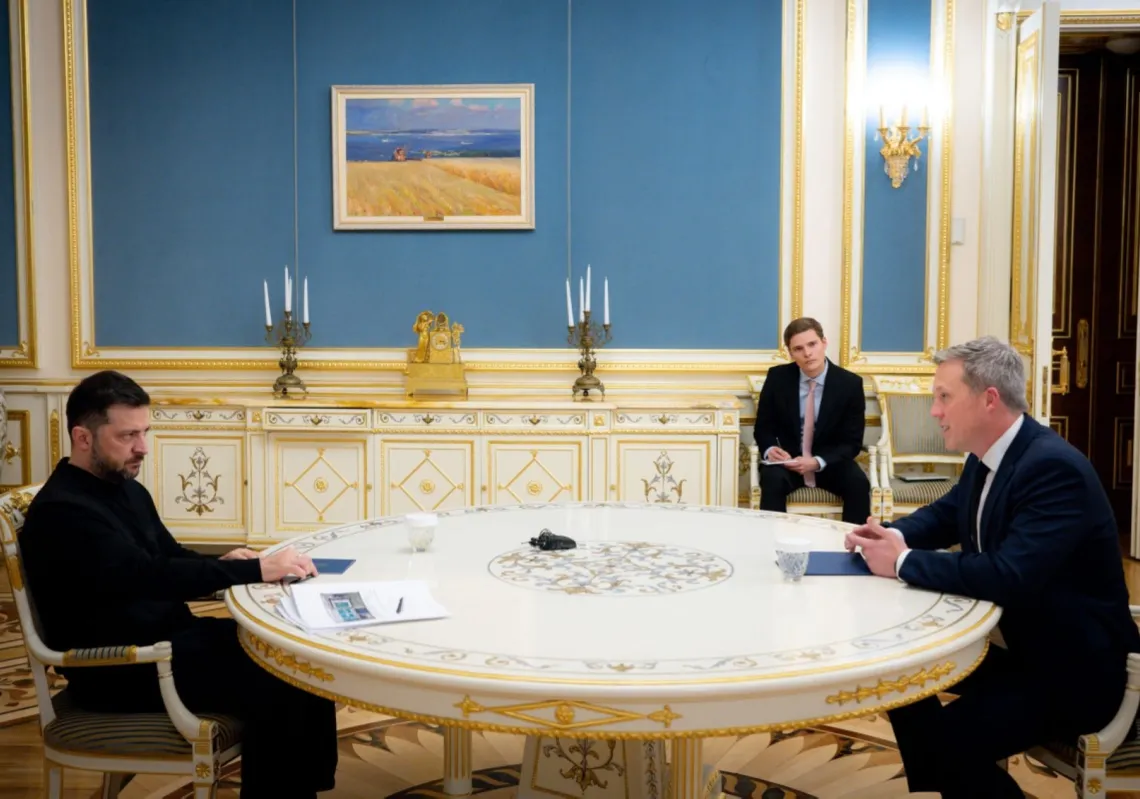Ukraine's abundant natural resources and how they will be controlled after its war with Russia have become key factors influencing the international politics and diplomacy surrounding the conflict. Alongside the wider strategic nature of the country’s location, its rich deposits of a range of important industrial metals will be highly influential in defining what happens next.
Ukraine is rich in rare minerals with key applications in modern industries—including titanium, lithium, manganese and neon. They are in demand for advanced technologies and renewable energy, nuclear applications, and medical fields.
Nearly 20,000 known natural sites contain 116 different types of critical resources used in various industries. Before Russia launched its full-scale war on the country in 2022, Ukraine ranked among the world’s top producers of a wide range of minerals and other natural resources.
Ukraine houses around 7% of the world’s reserves of titanium, which is used in industries such as aviation and medicine. Additionally, Ukraine ranks as one of the primary producers of nickel and lithium—two minerals crucial for manufacturing batteries and, by extension, electric vehicles. According to 2021 estimates, Ukraine possesses confirmed reserves of lithium amounting to 500,000 metric tonnes.
With the onset of the Russian war, control over the territory containing many of these resources has become a focal point of the conflict. The eastern and southern regions— including the Donbas and the Black Sea coasts—account for the largest share of Ukraine’s mineral and natural resources. They contain 80% of the country’s oil and natural gas reserves, 40% of its rare metal deposits, and most of the coal reserves that once powered Ukraine’s heavy industries.

Following Russia’s annexation of Crimea in 2014, Moscow solidified its presence in resource-rich regions, impacting access and development. Russian control over the Black Sea added a new dimension to the conflict, as Ukraine’s territorial waters contain significant natural gas reserves, with estimates ranging from 37 billion m3 to over 2 trillion m3. The wide discrepancy is due to differences in assessment methods, with lower figures reflecting proven reserves and higher estimates accounting for untapped potential.
Since the collapse of the Soviet Union, Russia has sought to maintain its influence in Ukraine as part of its strategy to dominate what it thinks of as its “near abroad.” But Russia’s war in Ukraine has transcended traditional political goals to include purely economic objectives.
Source of leverage
Ukraine’s natural resource wealth is one of the main factors behind the Kremlin’s escalation. Control over these resources enhances Russia’s economic capabilities and gives it greater leverage over Europe.
Natural gas is a clear example. Russia is the world’s leading exporter of it. Controlling Ukraine’s gas infrastructure—including the pipeline network that transports Russian gas to Europe—provides a strategic advantage.
Rare metals such as lithium, titanium, and neon are among the critical resources fuelling the conflict in Ukraine. These minerals are essential for advanced technological industries, including smartphones, electric vehicles, and aircraft.
Neon is used in semiconductor manufacturing, making Ukraine a key supplier of raw materials for this vital industry. Before the war, Ukraine supplied about 70% of the world’s neon, making control over this resource a strategic priority for Russia.

Growing interest
Donald Trump has shown a growing interest in Ukraine’s resources. Since returning as president of the United States, he has championed policies aimed at bolstering US industry and reducing imports from China.
To this end, he has imposed high trade tariffs on political rivals and allies alike. Trump also views Ukraine’s wealth of resources as a strategic opportunity. There has been speculation among analysts that US Treasury Secretary Scott Bessent may have linked Washington’s support for Kyiv to the supply of natural resources needed as raw materials for US industries when he made a recent visit to Ukraine’s capital.
Rare minerals account for much of this interest, including lithium, titanium and graphite. They have a range of uses in the military and technological sector, from smartphones to aircraft and missile defence systems.
The Trump administration proposed that Ukraine supply these minerals as part of a broader economic partnership, which would also include US financial and military support for Kyiv. Ukraine’s President Volodymyr Zelenskyy responded to these initiatives by presenting plans for cooperation with the US, emphasising the resources could help rebuild Ukraine’s war-damaged economy.
Ukraine now faces significant challenges in exploiting its resources. The war has destroyed infrastructure and severely impacted mining and production operations. Investment to re-establish the sector will not come before political and security stability has been re-established.

The $15bn question
The Ukrainian government is preparing for when that will be possible. It is working to attract investment by incentivising foreign companies, particularly those from the West. Kyiv has announced plans to develop over 100 new mining sites in partnership with international investors. Investment opportunities in the mining sector are estimated at around $15bn by 2033.
Europe plays a pivotal role in supporting Ukraine in safeguarding its resources. In parallel with Kyiv’s preparations, the European Union has launched strategic partnerships with Ukraine to develop the mining sector, including a joint project to extract rare minerals such as lithium and titanium. These partnerships aim to strengthen Ukraine’s economy and reduce Europe’s dependence on non-European suppliers, such as China and Russia.
If Ukraine can regain control over its resources and exploit them effectively, it could become a key player in the global market for rare minerals and energy. This would bolster its economy and enhance its ability to withstand external pressures, whether from Russia or other powers.
The future of these resources largely depends on the war's outcome and the region's geopolitical dynamics. Both Europe and the United States play a vital role in supporting Ukraine through sanctions on Russia and economic and military assistance to Kyiv.
Between Russian ambitions and US strategies, Ukraine’s natural resources are part of the considerations at work defining the decisive factors in reshaping global geopolitical and economic balances. While Russia seeks to reinforce its economic dominance over its near-abroad, the US sees an opportunity to strengthen its industries and reduce its reliance on competitors.
Ukraine’s future hinges on its ability to protect its resources and use them in ways that enhance its economic and political standing on the global stage. Ukraine's mineral deposits and energy supplies are more than natural wealth; they will be vital in shaping the country’s future and its position in the global order that emerges after the war.











